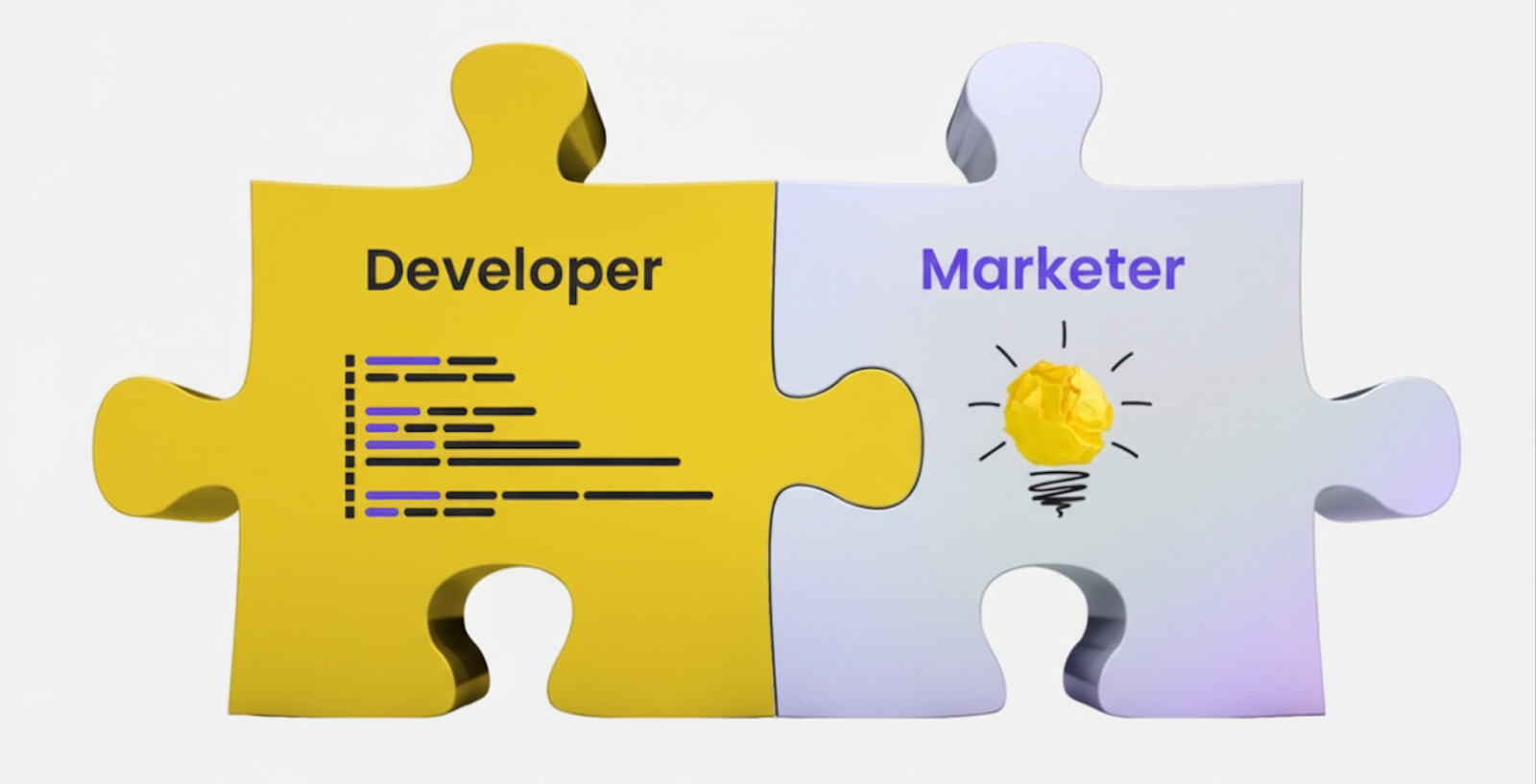Systems and Stories: How Developers and Marketers Can Work in Sync
Built with Google Docs and Content Publisher
If you’ve ever watched Stranger Things, you know there’s our world and then there’s the Upside Down. Sometimes, working in digital feels a lot like that. Developers live in one world, marketers in another. Same goal, different dimensions. Each side thinks they’re right-side up.
That’s how I felt when I first heard about Content Publisher – a tool that lets content creators publish directly from Google Docs. On paper, it sounded like a marketer’s dream. In practice, it sounded like more work for my small web team.
As the lead developer for Pantheon.io, I’d been through plenty of “game-changing” product pitches. Our marketers were already comfortable using Drupal, and I didn’t see the point of adding another tool. We were two developers supporting a growing marketing org, so time and complexity weren’t on our side.
So I pointed out the risks, asked about edge cases, and politely declined to overhaul the blog.
The Developer’s Lens
I’ve spent more than a decade working in CMS development – mostly Drupal – and I’ve seen just about every setup: traditional builds, decoupled front-ends, even custom admin UIs. No matter the tech stack, authors tend to want the same things:
- A simple, predictable authoring experience.
- A reliable “Publish” button.
- A preview that looks like the real thing.
If those boxes were checked, I considered the job done. My mindset was clear: simpler was better. Integration with external systems like Google Docs just meant more to maintain. That logic held up – until it didn’t.
If you are a CMS developer reading this, you’ll relate. Sometimes we get stuck in our own little world, especially Drupal developers. We’ve jokingly called it “Drupal Island.” In the early 2010s, there was a push to leave the island with more standardized architectural practices, but looking back, I realized I’d slipped back into the same tunnel vision—and it was starting to catch up with me.
The Marketing Reality
At our marketing team’s offsite last year, I realized how narrow my view had become. Two things had surfaced that had me rethinking my philosophy. First of all, our marketing team at Pantheon was growing, and I would need to train all of them.
Granting CMS access wasn’t a big deal, but training was. Short on time and resources, I never beefed up our documentation in the ways I had always hoped. I saw the writing on the wall. In the months to come, I would be grinding through CMS access, conducting live training, and troubleshooting runaway commas and broken URLs. In the past, every time I onboarded a new content author, I’d spend hours explaining Drupal quirks, fielding “Did I break it?” questions, and reassuring them that “Save” wouldn’t take down the site.
The second thing to hit me: The marketers weren’t struggling inside Drupal. They were struggling outside of it.
Their real workflow lived in Google Docs – drafting, editing, reviewing, revising – and Drupal was just the final stop. They didn’t see it as a publishing platform. They saw it as an obstacle course they had to run before their content went live.
That’s when it clicked: I was optimizing for the wrong experience. I was focused on making the CMS easier, not making the whole process smoother.
Where the Divide Lives and How to Solve it
Developers think in systems. Marketers think in stories. We both care about speed and quality, but we approach them from opposite ends.
For me, CMS access, training, and documentation may be routine tasks. For them, they are friction points. They didn’t need to become CMS experts. They needed to create without hesitation.
That’s where Content Publisher started to make sense. It wasn’t about adding another tool: it was about meeting the marketers where they already were.
Publishing directly from Google Docs meant fewer training sessions for me and fewer hurdles for them. They could work in a space that felt natural and familiar, while the system handled the technical lift in the background.
At our offsite, we made it official: the Pantheon blog would go live with Content Publisher by Q4. It went live with great success! Even our CEO published a blog – with a 10-minute training. Of course, implementation took longer than I thought, but that’s expected when you get off the Drupal “island” and start exploring the neighboring continents.
In the end, developers and marketers don’t have to stay in separate dimensions. By understanding each other’s workflows and meeting teammates where they already are, we can turn what once felt like the Upside Down into a shared, navigable space. It’s not about one world being “right” and the other “wrong”—it’s about building bridges so everyone can move forward together, no strange creatures lurking in the corners.



